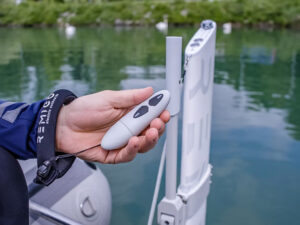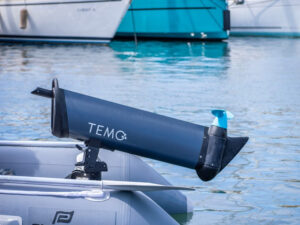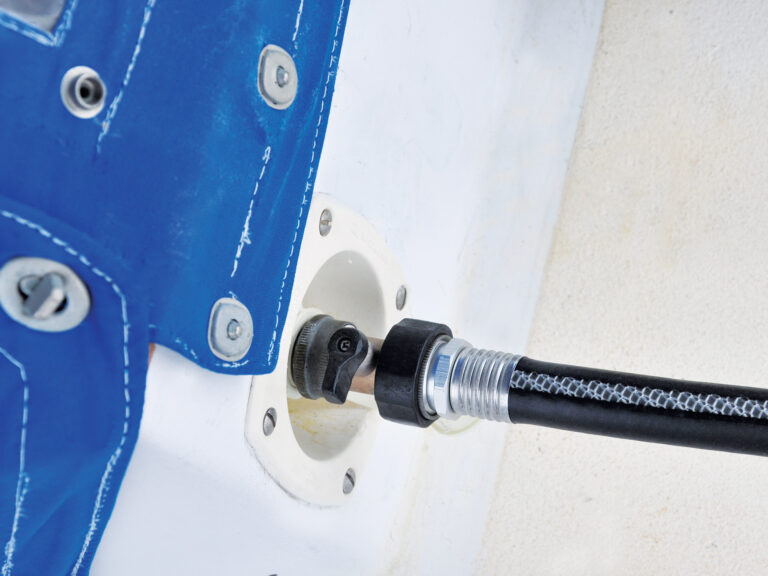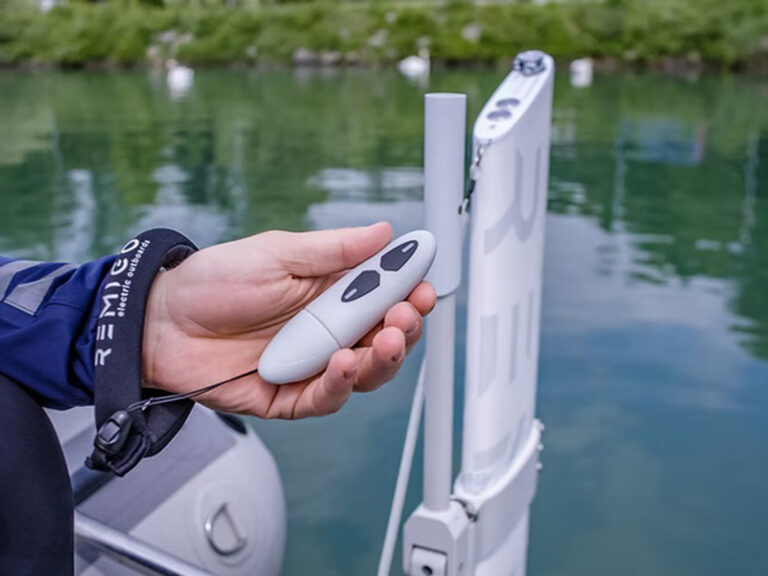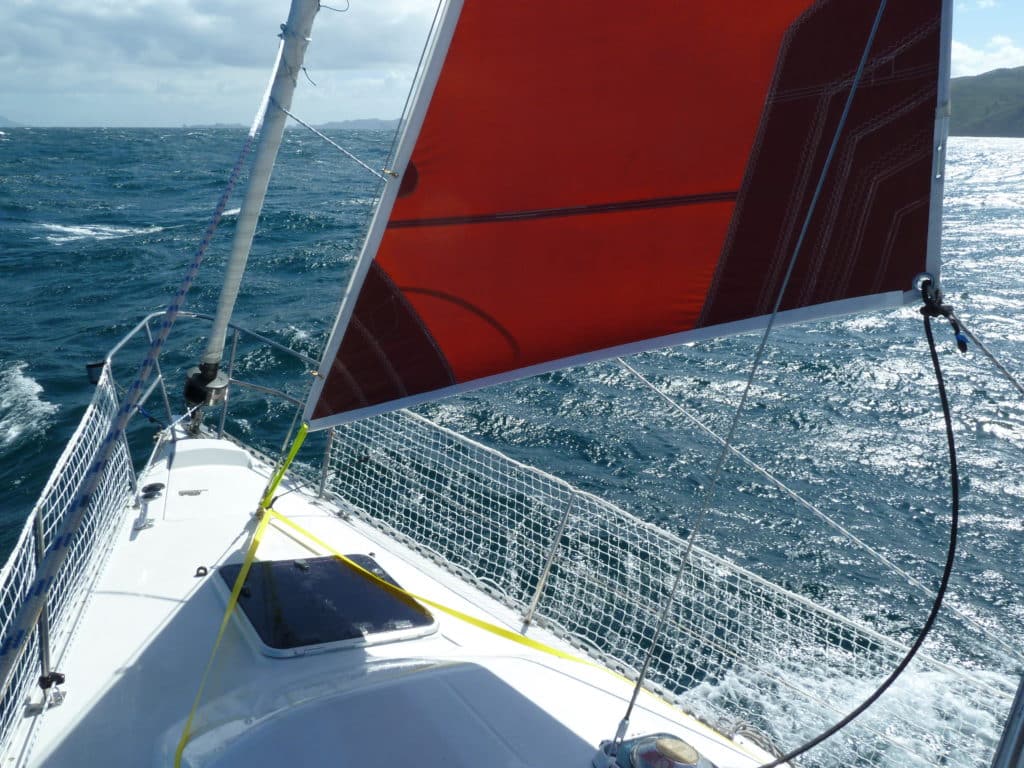
We hear it all the time: Yankee ingenuity, German precision, Italian elegance. To be sure, these are stereotypes, but the origins of these perceptions can be found embedded in the nuances of each group’s national character. Perhaps it is a matter of priorities and the unique ways in which different peoples approach their different challenges.
In a nation traditionally living close to the bone, with scant physical and financial resources, New Zealanders’ basic approach to problem solving has been dubbed “No. 8 fencing wire,” for it’s believed that anything can be fashioned or fixed with a spool of it. If the Yanks are the can-do people, the Kiwis are the make-do people.
While finishing up a long refit on our cutter Roger Henry, I found an alarmingly frayed headstay wire. That led me to rigger Gerry Jacobs. In the course of our re-rig, Gerry mentioned that he had invented a new version of an inner forestay tensioner. I am all for the quest for the better mousetrap, but my first thought was that the traditional Highfield lever already did the job quite adequately. After all, it is simply an over-center lever that allows one to tension a removable inner forestay. Where’s the problem?
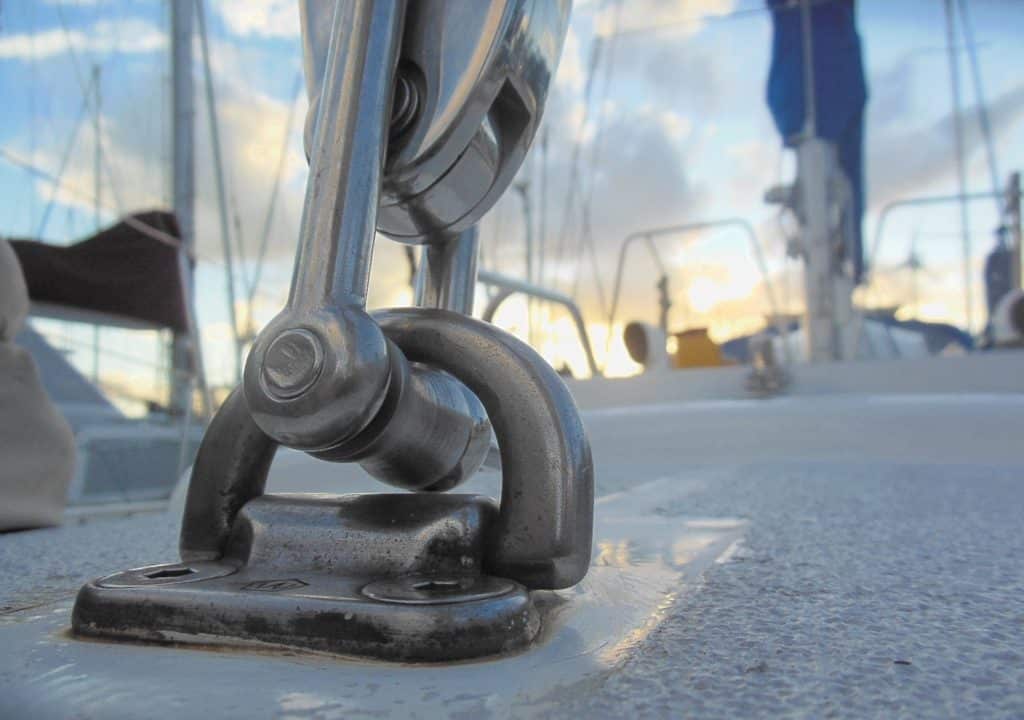
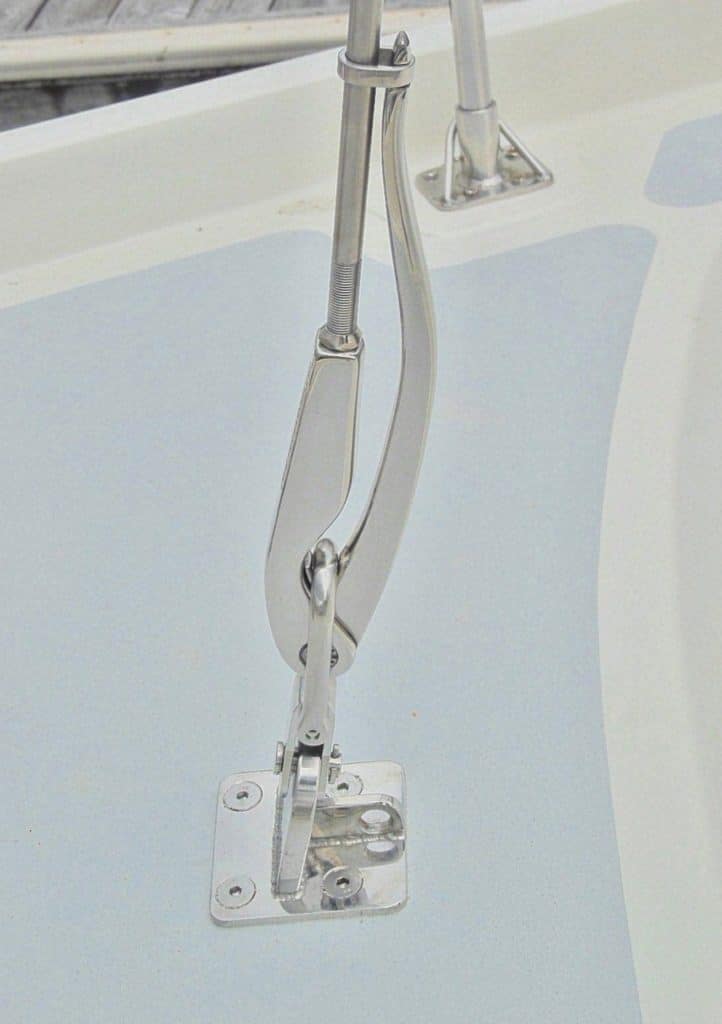
Gerry explained that the Highfield lever has many moving parts, an anathema to reliability. Most require that you remove a clevis pin to fix or free the stay. That may be a simple task at the dock, but on the foredeck of a pitching vessel, the pin is as likely as not to be lost; then you have an official “situation.” Because the lever is secured in its closed position by a sliding ring that sits proudly, it is prone to being caught by a flailing sheet, and the lever could accidentally open as a result. Highfields are bulky and, to the more discerning eye, not very elegant-looking. Add to those negatives the fact that they are inexplicably expensive.
Gerry broke down the Highfield lever into its core parts and purposes, experimented, and fiddled. His eureka moment came with an insight into the basic physics behind developing the power required to tension the wire versus the length of the throw of a short lever.
In his Hooklever NZ, Gerry has found a mechanical multiplier that is as simple as it is safe. He has significantly reduced the number of moving parts, resulting in a lighter and far more elegant-looking piece of equipment. Whereas the tension on the standard lever pulls in a direction tending to open the device, Gerry’s design pulls in a way that has a neutral effect. This, coupled with the way in which he has recessed the retainer ring into the lever handle and main body, lessens the chance of accidental openings. Gerry’s strongest selling point will be that he can offer all these improvements at approximately half the cost of what’s now on the market. If you would like to know more, contact Gerry at jacobs.g9@gmail.com.

